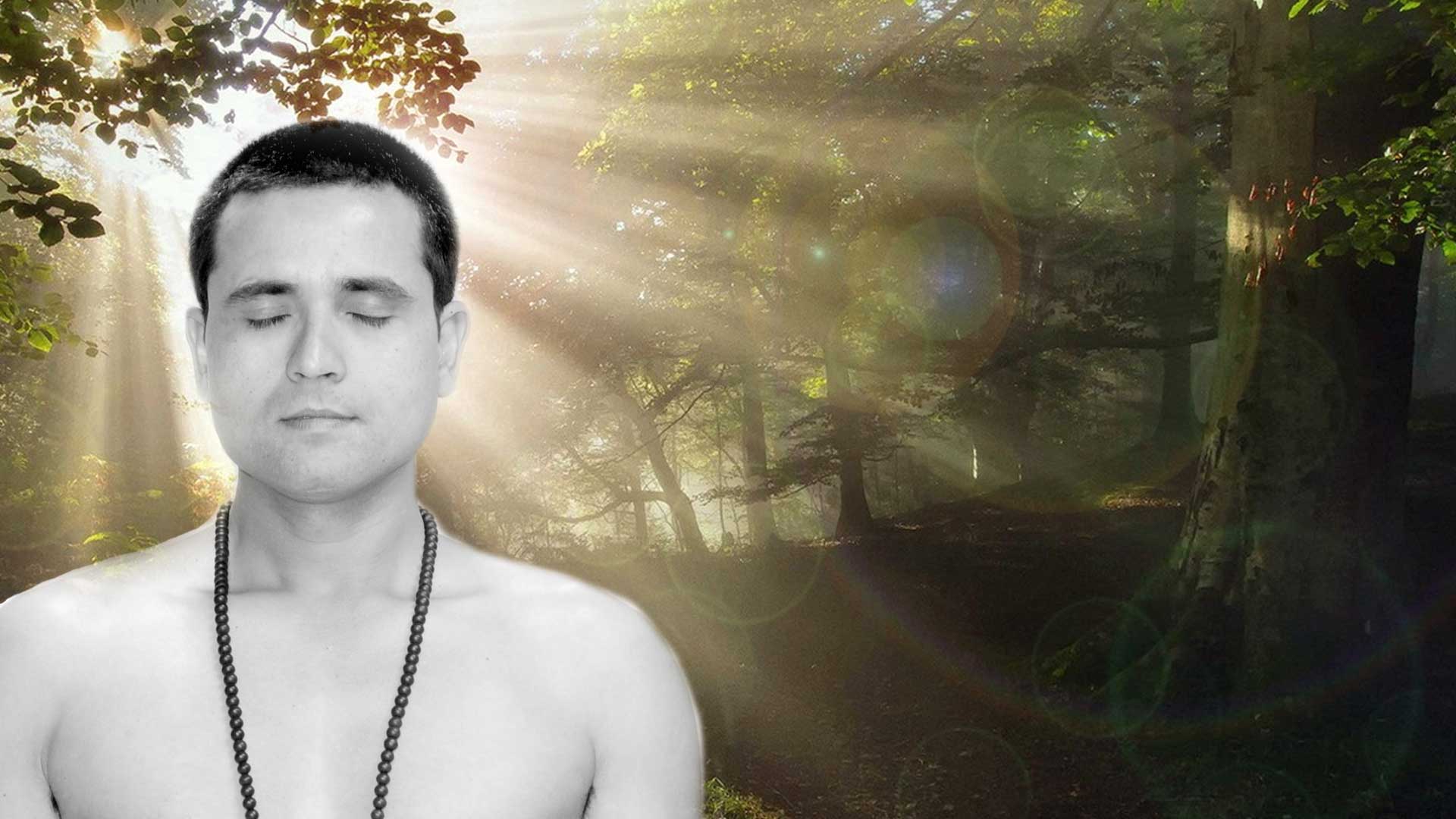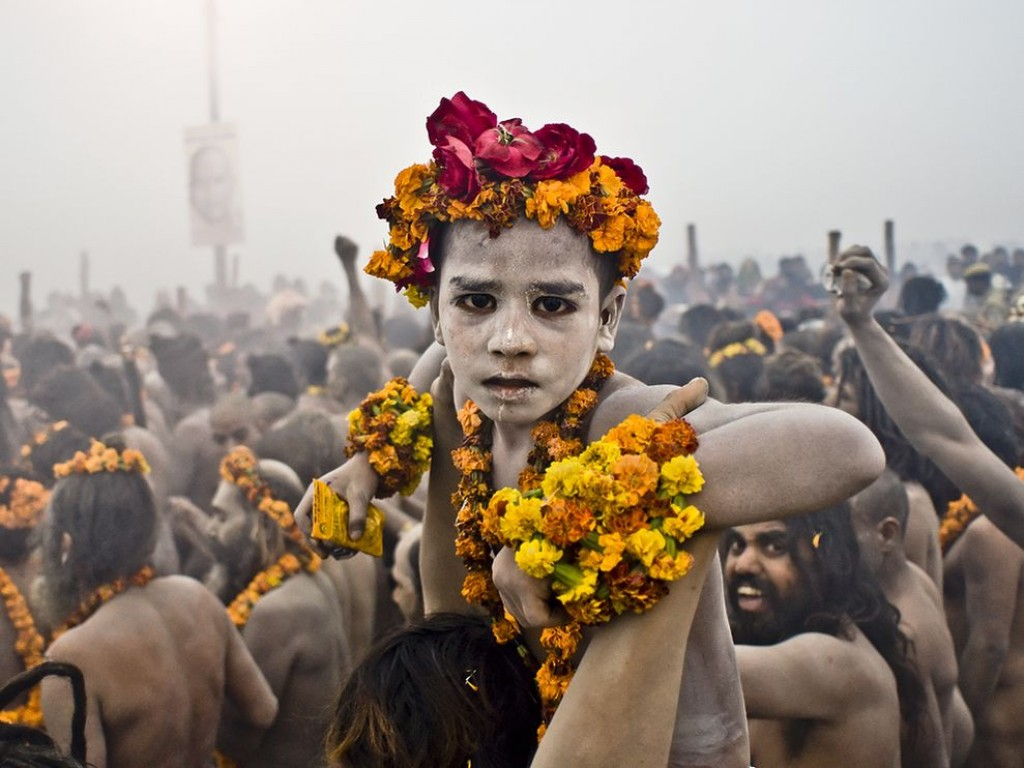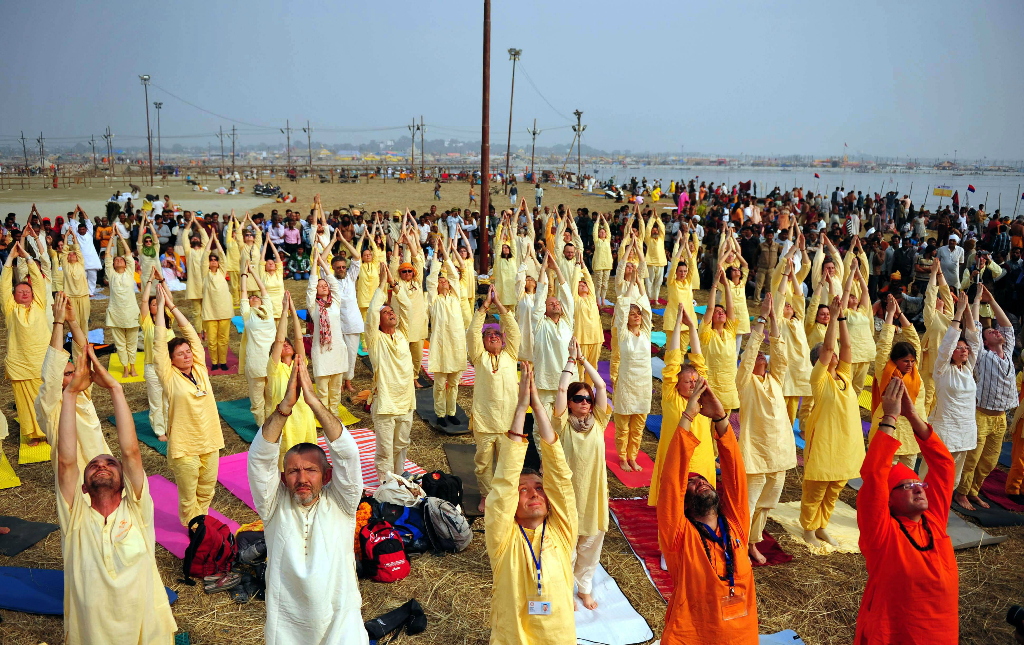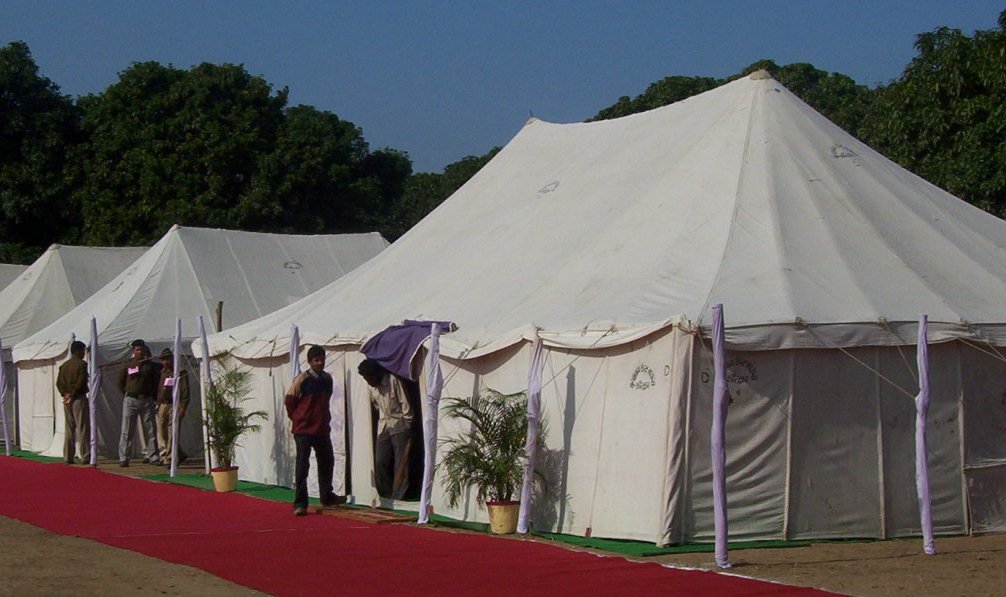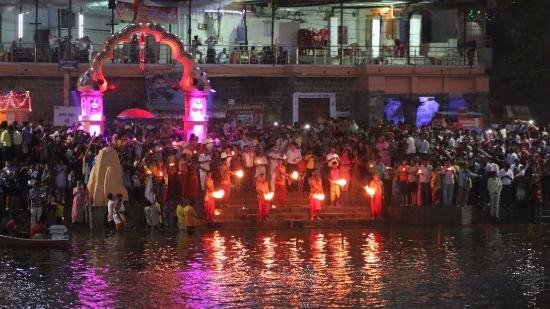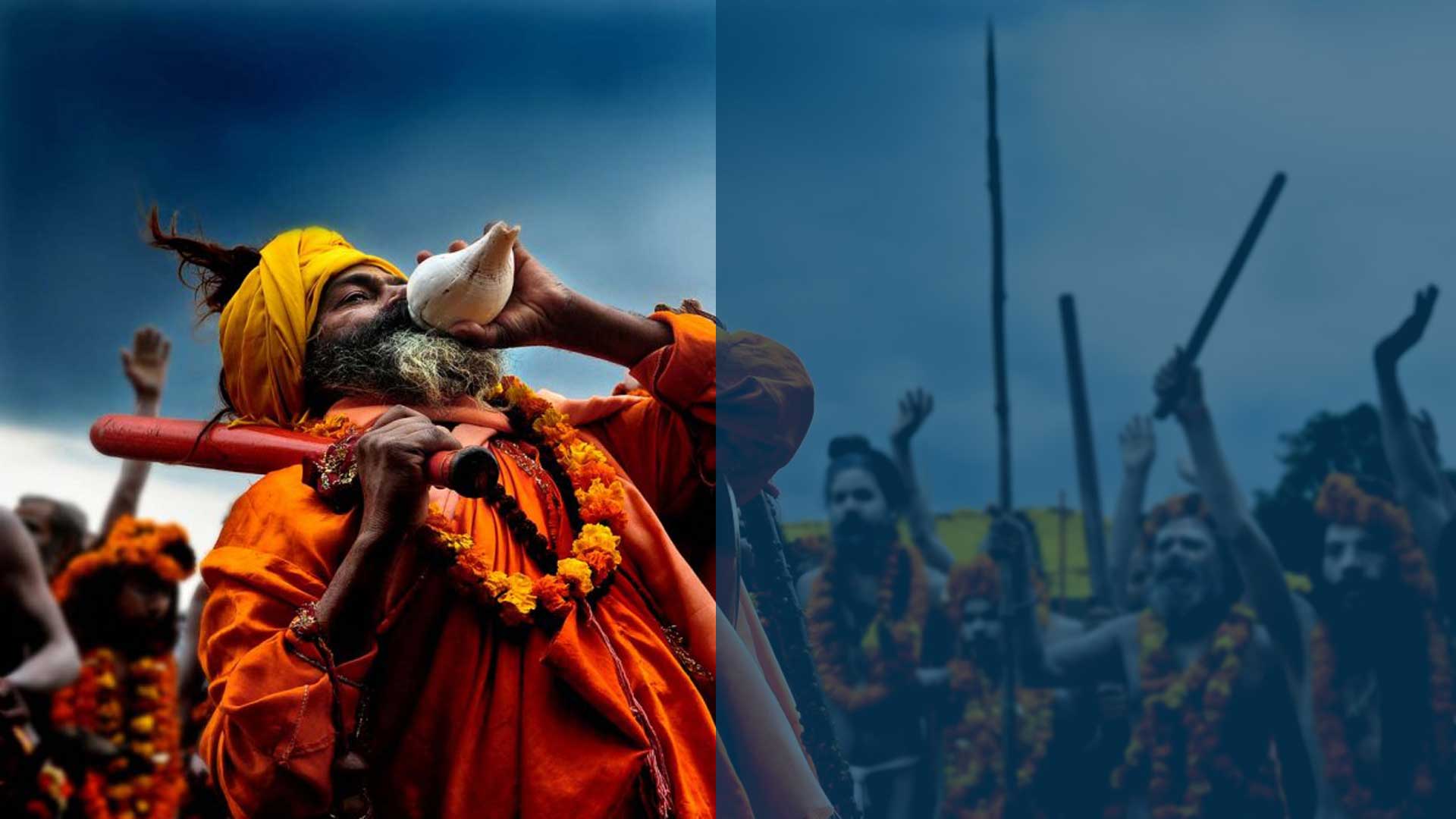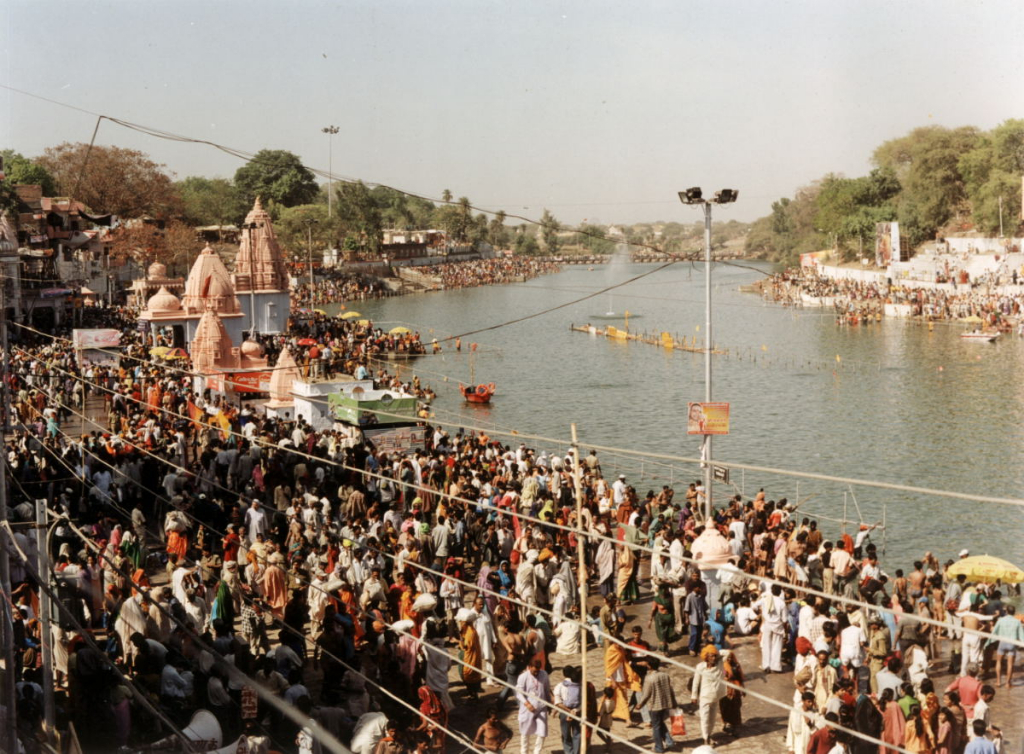
Though entitled to attain a gilded body sometimes even the gods, becoming immersed in attachment, start singing the songs of darkness. Even that enlightened mind and life which could have pulsated with divine energy, in its conceitedness, gets forced to drink the poison of life. Singing the songs of victory in his own blank and naked imaginations, and intoxicated by the ego of his kingdom, Lord Indra did not give God Brihaspati the required respect to which he was rightfully entitled. The furious Acharya disappeared from there and the heaven which was giving rise to magnificence through the gloriously illuminated colours got cast over by some darkness. Astonishing bad omens pointing towards ill fortune began to occur, and taking benefit of this situation the king of demons King Bali, launching an attack over heaven, established his rule over the whole of the kingdom along with its heads, including the king, the royal treasure, the army and the like. The royal elephant Airavata and horse Uccaisrava were decorated with invaluable jewels at that moment, which the demons began to take to the patala loka, the world beneath the earth. But they were meant to be of use for those men having a pure soul and those jewels, with the demons not being able to contain them, fell into the ocean.
As effulgent as a flame, that creation of Lord Indra as of burned to ashes, a nectarous life became poisonous, and then Lord Indra corrupted by reigning over heaven, eventually came under the refuge of Lord Vishnu by becoming absorbed in offering great austerities to Lord Vishnu. The intellect which had become delusional due to egoism, got rid of its delusions upon taking the refuge of Lord Vishnu, and only Lord Vishnu advice now Lord Indra went to the doors of King Bali offering a hand of friendship. King Bali, giving refuge to Lord Indra, arranged for a grand welcome as well, and then Lord Indra began to stay there itself. With the passage of time to reacquire the jewels which had fallen into the ocean, a samudra manthan or churning of the ocean became an utmost necessity.

In an ocean of endless waters surrounding all land mass, popular by the name of Kshiroda, were the jewels and the amrta or the nectar of immortality hidden . There was an irrepressible enthusiasm amongst both the gods and the demons concerning the splendid imagination of acquiring this nectar, but searching the ocean and obtaining amrta was no ordinary task; to the contrary it was like going through an agni pariksha, the fire test, for the gods and the demons. With much exuberance a planning for the churning of the ocean was prepared. The king of mountains, Mount Mandarcala, was requested and convinced to become the churning stick and the king of snakes, NagarajaVasuki, to act as rope. The gods and demons both engaged in this great expedition of the world with much exuberance, and the samudra manthan commenced. Towards Nagaraja Vasuki's head stood the demons and towards his tail stood the gods, and making the Mount Mandaracala the churning stick, began to churn the ocean. All the three worlds - the heaven, the world we live in, and the nether world - began to tremble with the dreadfulness of churning, and the misery of the beings and the animals, and of the ocean itself, was inexplicable. In this churning there was a fear that Mount Mandaracala acting as a churning stick, might slip and get submerged in the ocean, and hence Lord Vishnu himself taking the form of a kacchapa, a turtle was providing it with a base.
Read More : Celebrating Faith At The Maha Kumbh Mela
The first to emerge in this churning was a venomous poison (kalkuta) that began to afflict each and every one, and which for the welfare of all the beings was consumed by Lord Shiva, who only upon drinking the poison came to be called as the Nilkantha, the one with the blue throat. By drinking this poison the lord of lords, Lord Shiva, had as if given a fearless second life to all. From the churning that continued further, emerged Kamdhenu, the cow, Uccaisrava, the horse; Airavata, the elephant; Kaustubha, the jewel; Parijata, the tree; apsaras like Rambha; the moon; Pacajanya Shankha, the conch; Sanga, the bow; and others, and then emerged the divine Goddess Mahalakshmiwho is also known by other names such as Vedanta, fundamental knowledge, cosmic knowledge, maya and riddhi-siddhi. Goddess Mahalakshmi getting attracted towards the divine glory of Lord Vishnu, went close to him and put forth a garland of flowers with her own hands in Lord Vishnu's neck, and became established towards the left side ifVishnu as his consort. It is since then that she came to be called as Vaishnavi. And after that emerged Vishvakarma, the architect, and God Dhanvantari holding the pot of nectar in his hands, and finally the efforts of the gods and demons fructified.
Jayanta, the son of Lord Indra, catching sight of the amrta kalasha or the pot filled with nectar, quickly snatched it from the hands of God Dhanvantari, and the demons receiving an indication from Lord Shukrcharya, the Guru of demons, ran after Jayanta. According to the counting of gods, for twelve divine days a frightened Jayanta kept running with the amrta kalasha. The four places where Jayanta had putdown the pot of nectar in these twelve years were Haridwar, Prayag, Ujjain and Nasik, and at these four places at that time, the sun, moon, and planets had reached that unique astrological alignment, during which are Kumbh festival celebrated at these four places today. The demons were protected by Shukracharya, and hence this kumbh or pot was saved from the demons by God Brhaspati, in which the sun had played a major role. It was the sun who with the support of God Brhaspati - the Guru of Gods; the moon; and his son Lord Shani had saved the nectar from dropping and the pot from getting damaged. It was Lord Shani who had guarded the amrta kalasha. Twelve days of the gods are equal to twelve years of the mortal beings, and thus in accordance began the celebration of twelve Kumbh festivals, amongst which four are celebrated at four places in India and the rest eight in the divine worlds. According to the Haridwar hymns of Skanda Purana. Kumbh festivals are not just celebrated where the Kalasha was put down, but where the nectar had spilled along with the putting down of the kalasha.
For online reservations of Yoga Kumbh 2016; please click here
The article is an excerpt from The Mystic Faith - For a Drop of Nectar by Manoj Thakkar & Jayesh Rajpal published in 2013 and is widely available at book store and online stores.
